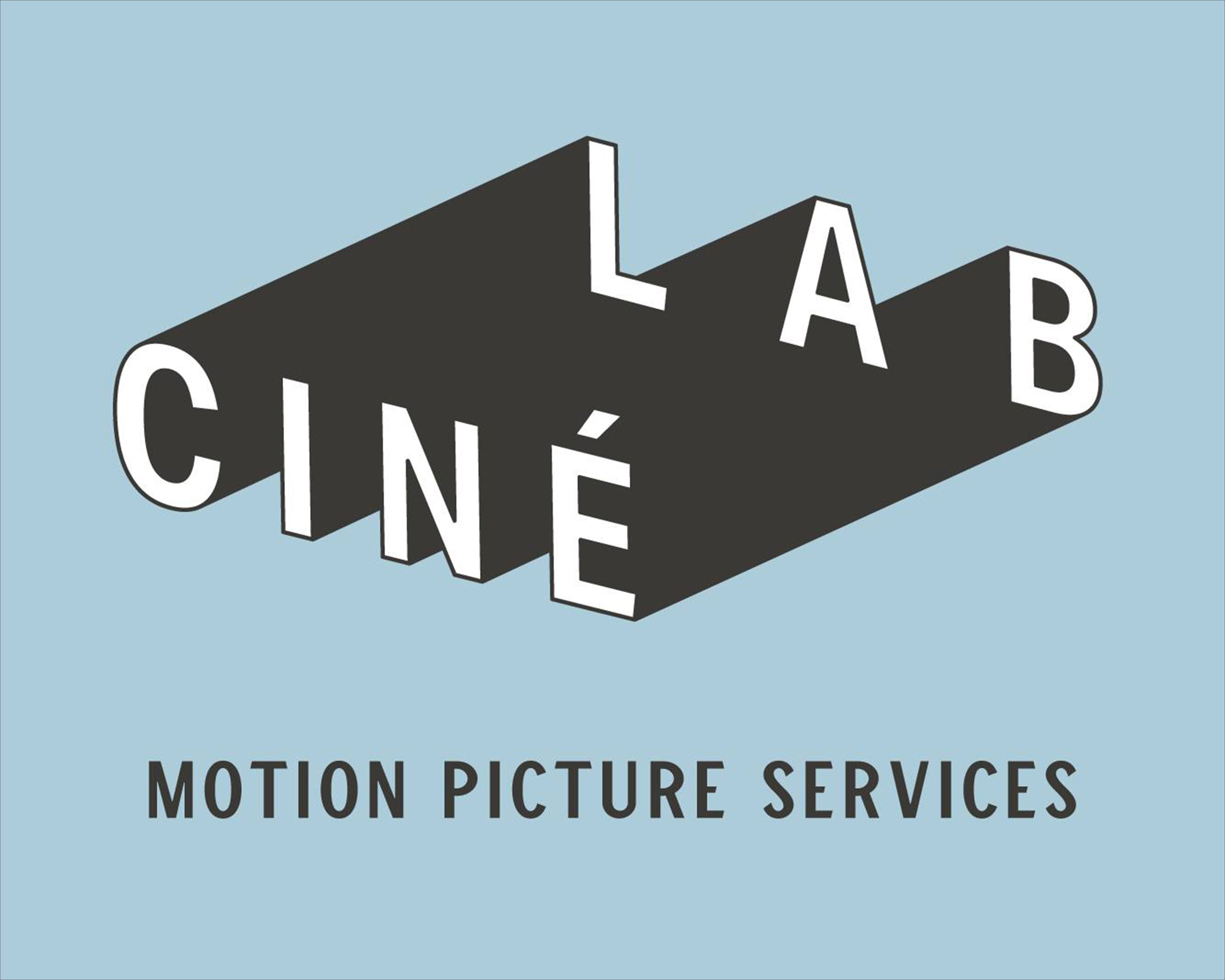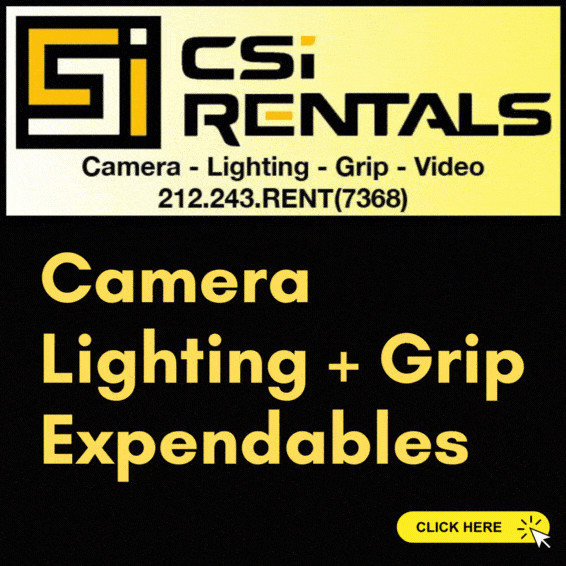Well, I try and plan out all of the lighting at once and give instructions to the Gaffer -- which light gets set-up first is sort of their prerogative, but generally I ask that the fill not be turned on until the key light is on and the intensity in the ballpark, because I usually add as little fill as I need to, to taste.
Today I had a scene in a bedroom set with windows on the left side of frame, and in the middle of a wall, a door to a bathroom with a window. Now this was the fourth daytime scene in the same set and I had already lit it a couple of ways -- one was with a hard venetian blind pattern through those windows, the other was soft but with a hard, bright slash at the bottom of the frame, the third was with very orange late afternoon sun falling through the windows.
So I was a little bored and decided that this time, no hard light would come through the main window, just soft light. But the little bathroom window in the middle of the room, behind a door, I decided to send a really bright spotlight through, putting a bright spot at the bottom of the wall behind the actors, who were lit mostly by the soft window light. But the bright spot served to fill in the shadows a little because it bounced off of the floor. In closer shots where someone turned their head away from the window light, I was able to fill in their faces a little just by putting a white card on the floor where the bright sunlight was falling.
Anyway, I called all the units -- a 20K and some 10K's through the window, double-diffused (through a 4'x'4 frame of 216 and then through an 8'x8' frame of Light Grid Cloth. The hard sun through the little window was a spotted-in 10K. But I didn't feel I got enough of a kick from what the spot was hitting so I hid a Source-4 ellipsoidal near the little window and added to the spot with a hard square pattern from this Leko-type unit (with a 19 degree lens.) So now I got a pretty bright spot of sunlight. I then scrimmed down my soft light to the lens aperture I wanted to work at (T/3 in this case, since this was the widest my zoom opened to) so that the hot spot would look as hot as possible (and no, I don't meter things like that -- I make these little spots look as nuclear-hot as I can.)
What's amazing about these new film stocks like the Expression 500T that I'm using is that dailies come back and a hot spot that was five stops overexposed looks only two stops overexposed.
I've been trying to balance by eye mostly, after metering the key, so that the room lighting looks natural to my eye as long as I have enough exposure for the film stock.







